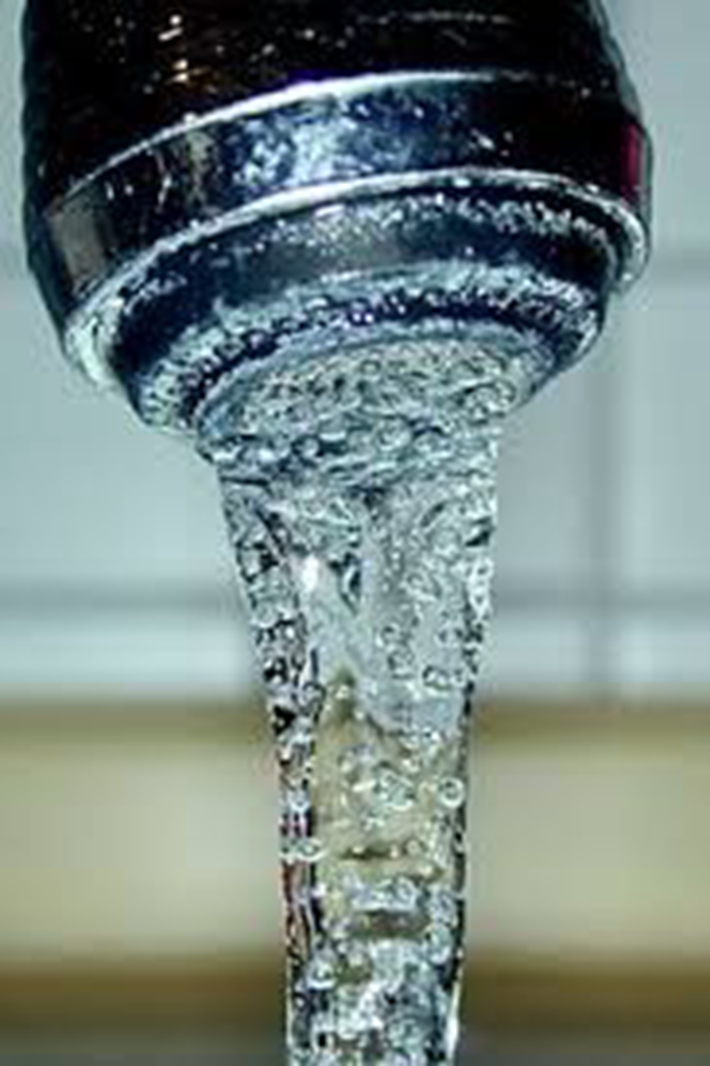Chemical Pre-Treatment
Water Pollution ManagementWhat Is Chemical Pre-Treatment?
Chemical pre-treatment is the use of water treatment chemicals to modify the settling characteristics of fine (poorly setting) particles.
Advantages of improved settling characteristics:
- Improved suspended solids removal, lower concentrations of Total Suspended Solids (TSS) in the treated water
- Increased treatment capacity
- Smaller equipment footprint
- More consistent treated water quality


When Should It Be Used?
- It should be used only where necessary. When other lesser complex options have been ruled out.
- When the required TSS content in the treated water can not be achieved.
- When in-sufficient space is available to enable the use of a chemical free solution to be used.
- When a high treated water quality is needed to be achieved.
- In the treatment of very high flow rates.
How Does It Work?
Terminology:
- Coagulation:
The addition of a charged ion to neutralise charge on fine particles, enabling them to aggregate together into small clumps which will settle given time. - Flocculation:
The addition of a long chain molecule that can bridge between the particles, forming large particles (flocs) which rapidly settle. - Single Stage Treatment:
The addition of a single water treatment chemical (coagulant or polymer) - Two Stage Treatment:
The addition of a coagulant followed by the addition of a flocculant.

Coagulation
- Small particles may pick up a surface charge, typically a negative charge.
- Similar charges repel each other.
- The particles can not come close enough together to aggregate into small clumps.
- The addition of a coagulant neutralises the surface charge and enables the particles to clump together (aggregate).
- The total amount of charge is very small and therefore only small amounts of coagulants are needed.


Common Coagulants:
- Iron Chloride
- Iron Sulphate
- Aluminium Chloride
- Aluminium Sulphate
- Poly-Aluminium Chloride
Flocculation
- A long chain branched molecule with numerous charged sites.
- The molecule can bridge from one particle to another, linking them together to form large flocs which rapidly settle.
- Very small does, typically 1 to 2 parts per million of polymer are needed to form the flocs.
- To be effective the flocculant needs to have sufficient time to thoroughly mix with the water and come into contact with the individual particles.
- Excessive mixing may damage (shear) the flocculant, preventing it from working.
- The flocs are fragile, once formed ideally they should be transferred by gravity flow. Pumping the flocs may permantly damage the flocs.

Common Flocculant Types:
- Anionic
- Cationic
- Neutral
- Natural
A Word of Caution…
Metal Based Coagulant:
- Dissolved aluminium and dissolved iron are toxic to aquatic wildlife, especially fish.
- Metal solubility is a function of pH and to be effective the water being treated will need to be maintained within an optimum pH range.
- To prevent the release of dissolved metals the pH of the treated water will need precise control.
- The addition of additional water treatment chemicals (acids or alkalis) may be required to maintain an optimum pH.
- Metal are non-biodegradable and may accumulate in the sludge. This may cause issues for disposal/re-use.
Acrylamide Polymers
- Acrylamide is a common organic molecule used to make flocculants.
- Release of even low concentrations
of polymer into a waterway may harm wildlife.
- It is not possible to be do real-time monitoring for the presence of acrylamide.

United Utilities gives back to local environment after polluting river with ferric solution
United Utilities PLC has completed an Enforcement Undertaking following a pollution incident where spill of acidic ferric salt solution from Rivington Water Treatment Works caused a significant fish kill in the River Douglas at Horwich.
(Env Agency 2nd July 2019)
Natural Coagulants and Flocculants

Haloklear Dual Product
- Wide operating range
- Fully biodegradable
- Natural product
- Field test kits for real-time monitoring of treated water
- Very low toxicity
- >4000 ppm Lc50 96hr Rainbow Trout
Environmental Permits
- Regulatory Position Statement Temporary Dewatering does not cover the use of chemical pre-treatment
- Formal approval of the use of water treatment chemicals from the Regulator will be required.
- A Bespoke Permit may need to be in place.
- Formal procedure detailing the operation and maintenance of the chemical dosing system will need to be adopted.
- Site staff need to be trained in the use of the treatment system and water treatment chemicals.
Permits take time to obtain
Need to plan ahead

Chemical Dosing Trial

Chemical treatment of clay particles

Simon Skentelbery
General Manager
John F Hunt Regeneration Ltd
London Road
Grays
Essex
RM20 4DB
M: 07967 306 517
E: simon.skentelbery@johnfhunt.co.uk
W: johnfhuntregeneration.co.uk